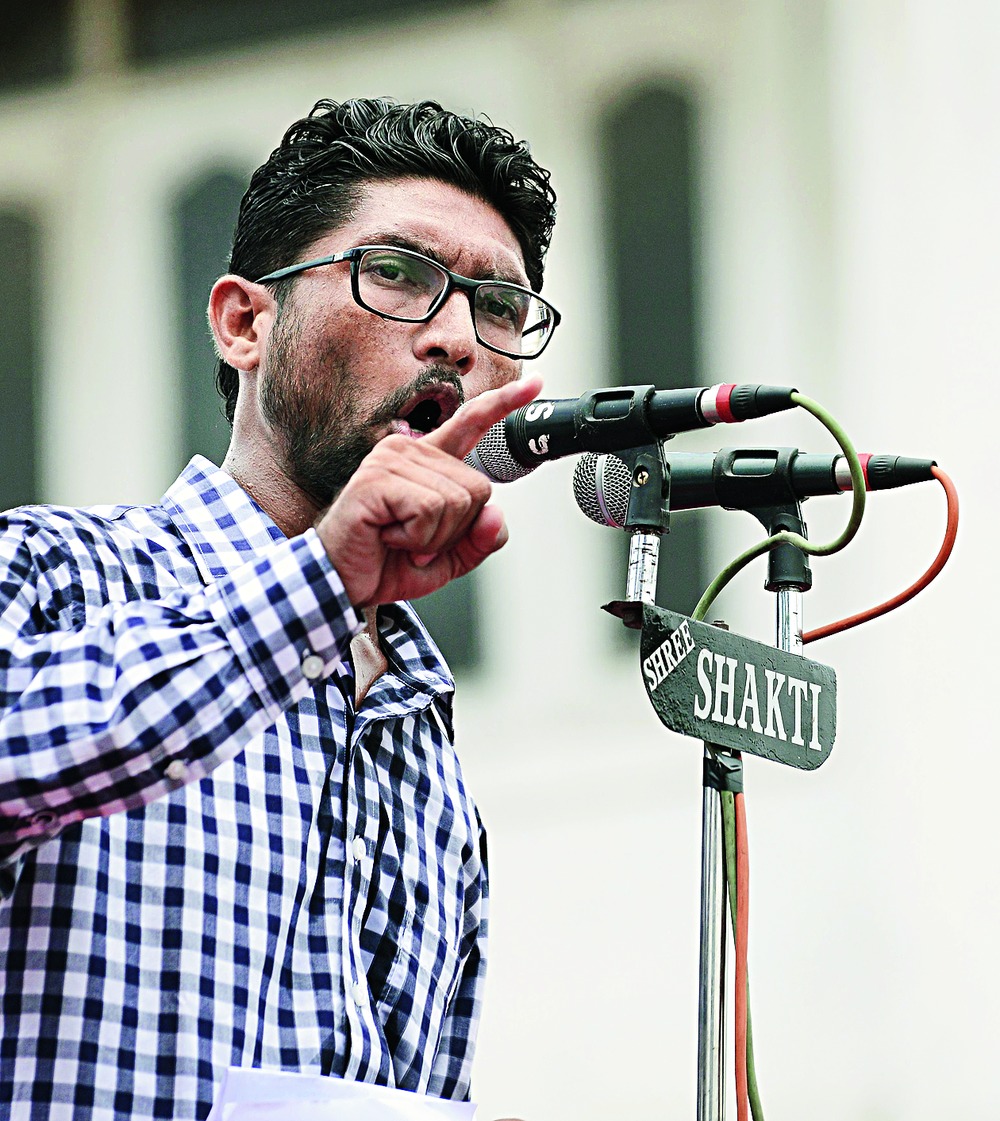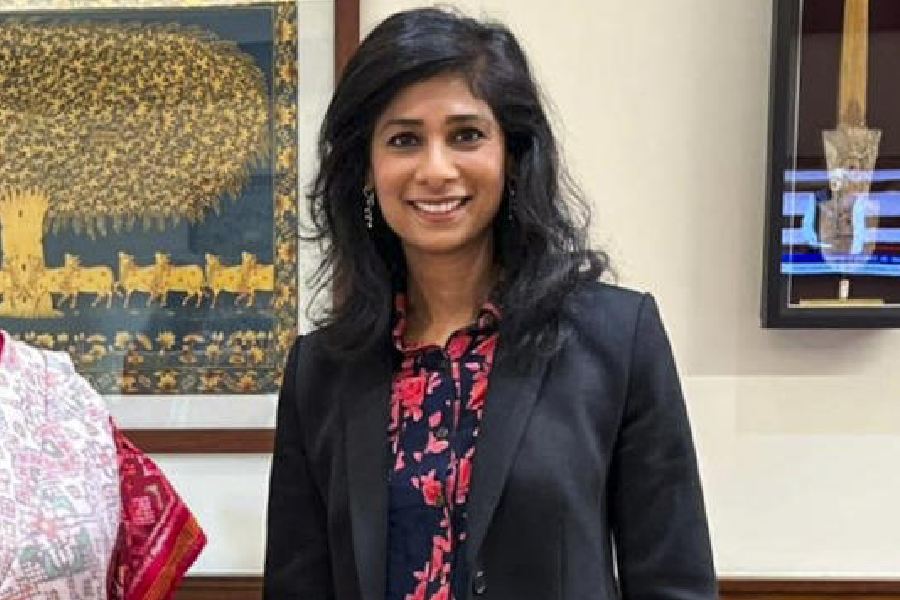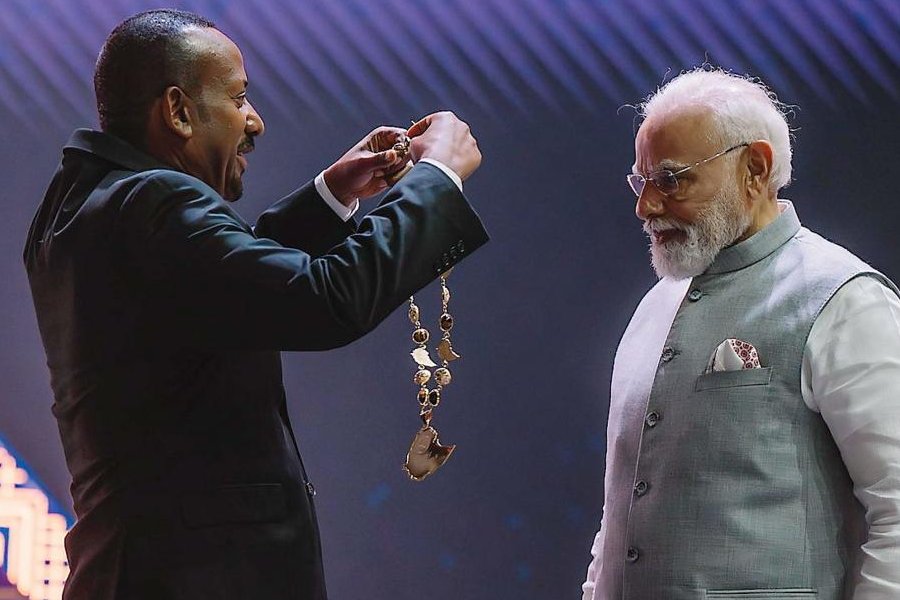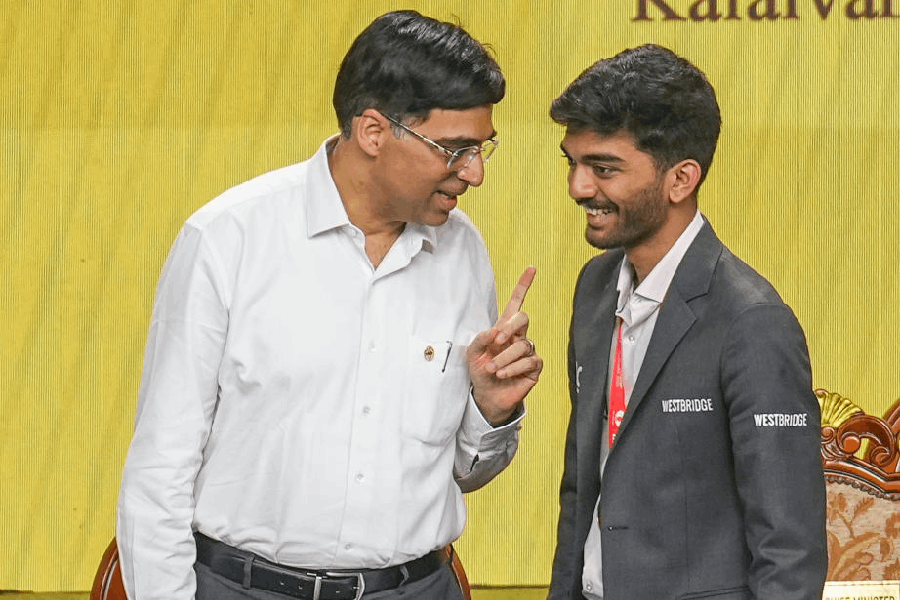
Jignesh Mevani didn't see it coming. A protest over the flogging of four Dalit youths in Una in Gujarat last month by a mob that accused them of having slaughtered a cow snowballed into a massive movement. Mevani, the 35-year-old former journalist who has become the face of Dalit protests in the state, admits he couldn't predict the scale of protests.
"The temperament of the protests was different if you compare them with Dalit reactions to atrocities against the community in the past. This time the anger was widespread and the protests in some places were violent. I was surprised by this assertion and anger," he says.
As a social activist, Mevani has been working on issues concerning Dalits, trade unions and the landless for almost nine years now. So, he reasons, it was his "duty" to ensure that the struggle evolved into a bigger movement with clear goals.
"I didn't want this to revolve around slogans like Brahmanvaad murdabad and Manuvaad murdabad, like earlier Dalit struggles, and then fizzle out," says the bespectacled activist, sitting amidst a group of admirers and activists during a recent trip to Delhi.
Mevani formed the Una Dalit Atyachar Ladat Samiti - the Una Dalit Committee to Fight Atrocities. Within days, he was leading a 350-kilometre Azaadi Kooch March - March Towards Freedom - from Ahmedabad to Una.
It culminated on August 15 with 10 demands to the Gujarat government. On top of the list is the demand that five acres of land be given to every landless Dalit family. The slogan is catchy: " Gai ki loom aap rakho; hamein hamari zameen do" - You keep the cow's tail, give us our land.
"If the BJP doesn't understand that (the demand for land), let me speak in the language of Modi," he states. "Modi ji, you talk a lot about start-ups; we Dalits also want them. Give us land so that we can start up our lives," he says.
The movement, undoubtedly, has made an impact. Within a month it had swallowed serving chief minister Anandiben Patel, a new CM was installed and the mobilisation of Dalits across the country forced the PM into speaking up against cow vigilantes. The Dalit voice was suddenly being heard.
Little was known about Mevani outside Gujarat until even a few weeks ago. In fact, when he travels outside Gujarat, he often encounters a question related to his surname. "People ask me if I am a Sindhi. I have to find new ways to answer that," he laughs. But he was a known face in Dalit and working-class circles, for he had been addressing gatherings of landless people, sanitation workers and trade unions.
Mevani explains how the movement gathered ground. After the Una incident of July 11, he and his associates led several small protests in Ahmedabad. On July 20, he called a meeting of friends and others with the goal of forming an organisation to take up the Una issue. The aim was to give direction to the movement.
"We decided this movement should be led by the youth. I was confident that the public and media would respond well," Mevani recalls. He was also confident that he would be asked to lead it. And he was.
Mevani went on to address scores of protest meets, but the one that established him as the undisputed leader of the movement was the one on July 31 in Ahmedabad for which around 20,000 people had gathered.

A decade ago, his organisational and oratorical skills were still to be tested. In college - H.K. Arts College, Ahmedabad - he had mostly shown an interest in dramatics. But Mevani stresses that he always wanted to "make a difference" and this is what prompted him to take a course in journalism.
He worked in Mumbai for a Gujarati weekly called Abhiyan. But after three years he realised he was not happy, and returned to Ahmedabad.
His activism continued. He assisted documentary filmmaker Rakesh Sharma, who shot a film on the 2002 anti-Muslim violence in Gujarat and on the plight of farmers; he worked with Gujarat's human rights activist, Mukul Sinha (he died two years ago), and he organised labour unions and a municipality workers' strike. He filed petitions on behalf of landless Dalits.
As Mevani speaks on behalf of the Dalit community, there is some concern among his legion of admirers that his struggle may peter out if he fails to build up a strong organisation or mobilise people from outside Gujarat.
He himself has no such fear. "I can do more damage than Hardik Patel," he thunders, referring to the Patidar leader at the helm of a mass uprising by Gujarat's Patel community, demanding reservation in government jobs.
The BJP cannot afford to ignore the Dalit community anymore, he argues. "Dalits in Gujarat never electorally mattered to Modi when he was the chief minister, so atrocities against them never bothered him. But he sprang into action as soon as he realised that what was a tail in Gujarat was now becoming a noose around the BJP's neck at the national level," he says. "It is our movement that forced him to open his mouth."
Mevani reels off figures on the number of atrocities that took place in the state when Modi was its chief minister. He holds that the then CM did not visit the families of Dalit youths who were killed in police firing at Thangadh in Surendranagar district in September 2012.
"That was at the height of the so-called success of the Gujarat Model and everybody was talking about Vibrant Gujarat and how good Modi was as a chief minister. We have successfully exposed the Gujarat Model," he says.
The movement has reached a stage where even attacks on Dalits attending the Azaadi Kooch to Una by alleged "Sanghi goons" haven't evoked fear. "I would also say that there has been silent support from middle and upper middle classes of Gujarat," he asserts.
Mevani's goal is simple - to build on the momentum without a break. September 15 is the deadline given to the state government to start implementing the movement's 10 demands. "There will be rail roko across the state and other surprise packages," he warns.
His "surprise packages" will relate to the wider alliance of Dalit and "progressive" groups that he is trying to stitch together.
Mevani, who had joined the Aam Aadmi Party in 2014, left it last week after critics accused him of playing politics in Gujarat. He doesn't deny that he may have political ambitions, but adds: "For now, I am concentrating only on the movement."
He is even ready to strike up an alliance with the two other young leaders making an impact in Gujarat - Hardik Patel and Alpesh Thakore, a leader of Other Backward Classes who has been organising protests against Patel's demand for reservation in government jobs. But, he hastens to add that he is not in talks with either of them.
As for his own ideology. Mevani states, "I consider myself a progressive and only a Leftist ideology truly accommodates that."










